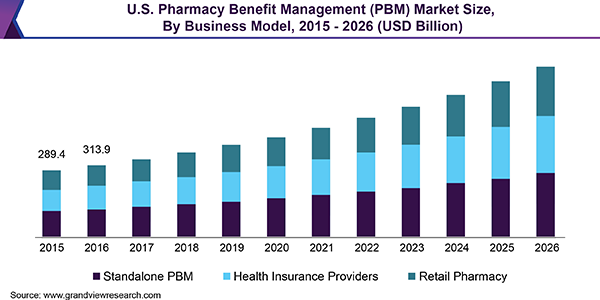OptumRx overcharged Ohio BWC by millions, Attorney General says
OptumRx breached its contract by not living up to its obligation to give the state the best available rate, Yost’s office says. The lawsuit contends that OptumRx charged Ohio more so it could offer other clients lower costs.
Tyrone’s Commentary:
Dumb money is what I call it when a plan sponsor enters into an agreement with a less than radically transparent pharmacy benefit manager. Average purchasers of PBM services are often shoved under the “dumb money” umbrella. If you fall into this category, try not to take offense. The terms “dumb money” and “smart money” were coined by the financial media, not to insult anyone’s intelligence, but to describe different groups of plan sponsors.
 Dumb money allows for overpayments to PBMs which smart money does not permit. Smart money covers the overhead. Dumb money pays for bloated payrolls, corporate jets and most important inefficient PBM business operations. How can dumb money become smart money? You start with education as the state of Ohio has done.
Dumb money allows for overpayments to PBMs which smart money does not permit. Smart money covers the overhead. Dumb money pays for bloated payrolls, corporate jets and most important inefficient PBM business operations. How can dumb money become smart money? You start with education as the state of Ohio has done. During an RFP or other competitive bidding process, a sophisticated purchaser of PBM services considers contract nomenclature as the most important factor in evaluating PBM proposals. Dumb money is looking for the best optics (i.e. proposed savings, highest AWP discounts, or biggest rebate etc..). If you don’t have a contract scorecard now is the time to start. Be careful though with whom you allow to score PBM contract language. You could make this PBM sales executive a very happy camper.
Andrew Krejci, spokesman for OptumRx, said in a statement: “We are honored to have delivered access to more affordable prescription medications for the Ohio Bureau of Workers’ Compensation and Ohio taxpayers. We believe these allegations are without merit, and will vigorously defend ourselves.” Optum’s contract with the bureau was not renewed when it expired on October 31, 2018.








